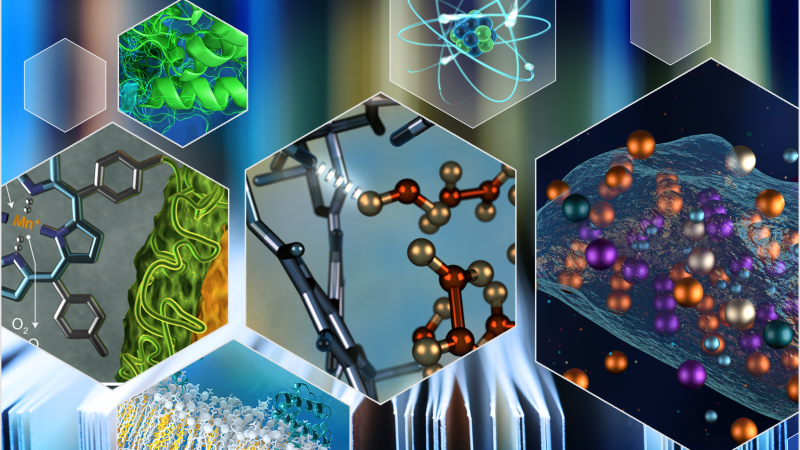The High Flux Isotope Reactor (HFIR) and the Spallation Neutron Source (SNS) at the Department of Energy’s (DOE’s) Oak Ridge National Laboratory (ORNL) have reached new levels of increased science productivity.
HFIR and SNS are DOE flagship user facilities that provide the nation with unprecedented capabilities for studying materials using neutron scattering. The facilities have delivered breakthrough science that cannot be done anywhere else in the world. Uniquely enabled scientific discoveries include ongoing research to reveal new states of matter in quantum materials likely to revolutionize electronics; characterizing advanced polymers for industry; and identifying fundamental mechanisms behind antibiotic resistance for improved drug development.
In 2018, a record high of more than 500 scientific instrument publications were produced between HFIR and SNS—based on neutron beamline experiments conducted by more than 1,200 US and international researchers who used the world-leading facilities. Over the past several years, the facilities’ science productivity has maintained steady growth and increased impact. The research has been featured in such high-impact peer-reviewed journals as Nature, Science, and Advanced Materials.
“We’re very proud of this achievement. Exceeding 500 science publications is a remarkable milestone for these two world-class facilities,” said Paul Langan, Associate Laboratory Director for Neutron Sciences. “The strength of our capabilities and the quality of our expertise place our users at the forefront of discovery. This illustrates our commitment to excellence in neutron scattering and provides a preview of the transformative contributions we still have in store.”
Visit neutrons.ornl.gov to learn more about becoming a user at HFIR and SNS.
HFIR and SNS are DOE Office of Science User Facilities. UT-Battelle LLC manages ORNL for DOE’s Office of Science. The Office of Science is the single largest supporter of basic research in the physical sciences in the United States and is working to address some of the most pressing challenges of our time. For more information, please visit http://science.energy.gov/.—by Jeremy Rumsey






